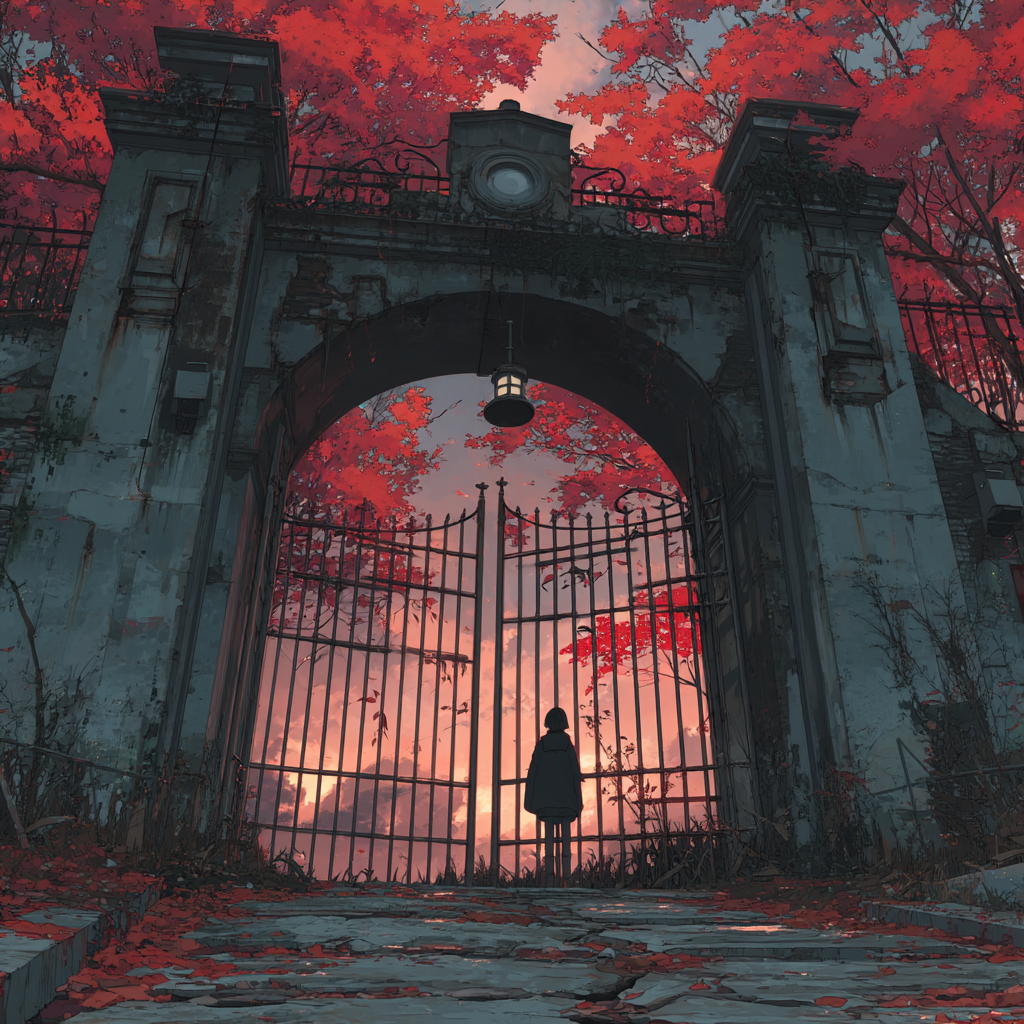Collectors as Gatekeepers: How Power, Plagiarism, and Profit Shape Art History
Introduction: The Invisible Hand That Shapes Art History
Art doesn’t exist in a vacuum. Every brushstroke, every sculpture, every installation has a life beyond the studio. It lives in galleries, in museums, and in private homes. But let’s face the raw truth: the destiny of art isn’t decided by the artist alone. It’s decided by collectors — those with the power, the money, and the networks to elevate a painting into history books or bury it in obscurity forever. Collectors are not passive admirers; they are gatekeepers of history.
And just like I’ve written before in my article on gatekeeping in art, where artists themselves block other artists from opportunities, the same dangerous pattern exists among collectors. In fact, when collectors unite, their power can become even more sinister. They can blacklist artists, manipulate markets, and even erase legacies. Worse, plagiarism thrives in this ecosystem, as fakes and copies often get championed over authentic voices. It’s time to expose how this hidden network works — and what it means for the future of art.
The Collector’s Crown: Owning History, Not Just Art
When someone buys a painting, they aren’t just purchasing a canvas. They’re claiming ownership of a piece of cultural history. A single acquisition can determine whether an artist’s work is preserved, displayed, and studied — or hidden in a private vault, unseen for decades. Collectors hold more influence over art history than most universities or critics. They decide what gets remembered and what gets forgotten.
This is why their role as gatekeepers is so dangerous. When a collector chooses to elevate an artist, their name skyrockets. When they choose to ignore — or worse, blacklist — an artist, that silence can be deafening. For every Basquiat who exploded onto the scene, there are thousands of equally talented artists erased by the decisions of the powerful. Collectors wield a crown heavier than kings: they own not just objects but narratives.
Collectors as Silent Alliances: The Market Mafia
Let’s go deeper. Collectors don’t always act alone. They form alliances — networks of buyers, galleries, and investors who collectively decide who rises and who falls. It’s an unspoken mafia of the art world, where whispers in elite circles can block an artist’s career before it even starts.
This is where the idea of collector gatekeeping mirrors the artist gatekeeping I’ve already written about. Just like artists sometimes block other artists from exhibitions or opportunities, collectors too can band together to keep certain names out of the spotlight. If a group of high-profile collectors decides an artist isn’t “worthy,” that artist can face doors slammed shut across the entire industry. It’s not talent that matters — it’s access. And when access is controlled, innovation dies.
The Plagiarism Trap: When Copies Outshine Originals
Plagiarism is one of the ugliest weapons in the collector’s arsenal. Think about it: if a collector or gallery profits more from a copycat style, they have every reason to push the imitator instead of the innovator. Real visionaries often get buried, while watered-down versions of their work get sold at auction for millions.
This isn’t just a theoretical concern. It’s happening every day. Talented artists see their style stolen, diluted, and rebranded by others with better connections. Collectors and galleries then legitimize those fakes by elevating them, turning plagiarism into profit. And the original artist? They get erased, silenced, or accused of copying their own imitators. It’s a brutal cycle — and collectors play a heavy role in keeping it alive.
BUY MY ART🖤
Gatekeeping Across Time: Whose History Gets Remembered?
One of the most terrifying truths about collectors as gatekeepers is how their decisions echo across centuries. Think about all the women artists, artists of color, and marginalized creators who were ignored in their lifetimes because collectors didn’t value them. How many names were lost because no one with power thought they mattered? How many artworks were destroyed, hidden, or dismissed as unworthy?
Today, we’re only just beginning to rediscover some of those voices. But the pattern continues. When collectors decide who gets visibility, they aren’t just shaping the present market — they’re curating the future memory of humanity. They become the authors of history, deciding which truths survive and which get erased. That’s a dangerous kind of power, and it demands accountability.
The Economics of Silence and Exclusion
Let’s strip it down: the art world runs on money. Collectors don’t just shape history out of personal taste; they do it out of profit. By keeping certain artists excluded, they inflate the value of the ones they’ve already invested in. By blacklisting competition, they protect their portfolios.
This isn’t just collecting — it’s market manipulation. Imagine a group of stock investors colluding to destroy a company’s value so their own shares rise. In finance, that’s a scandal. In art, it’s everyday business. The silencing of artists isn’t just about elitism — it’s about protecting wealth. Collectors, in this sense, are less historians and more puppet masters, pulling strings for financial gain.
Renaissance Man - Inspired by Leonardo Da Vinci
Fighting the Gatekeepers: A Warrior’s Responsibility
But here’s the part where we turn the sword back around. As artists, writers, and even small-time collectors, we don’t have to bow down to this system. The internet, independent exhibitions, and even blockchain technology have cracked open new doors for visibility. Artists can bypass traditional gatekeepers and create their own audiences.
Still, the fight is uphill. Plagiarism, exclusion, and collector alliances are real forces. As I’ve said in my gatekeeping article, the fight against silencing isn’t just about talent — it’s about resilience. It’s about being willing to break down walls, call out hypocrisy, and refuse to let anyone steal or erase your story. Every artist must become a warrior, not just in their craft but in their defense of truth.
BUY MY ART, LOVE YOUR FACES 😏
Conclusion: Reclaiming Art History From the Shadows
Collectors as gatekeepers will always exist. Power will always try to control the narrative. But history doesn’t belong to the elite few — it belongs to all of us. When collectors blacklist artists, when plagiarism replaces authenticity, when alliances manipulate markets, we must speak up. We must write, create, and expose.
The art world is not just about beauty. It’s about memory, truth, and survival. And if we let collectors decide history unchecked, then we’ve already surrendered. But I refuse to surrender. I’ve seen the silencing, I’ve seen the lies, I’ve seen the plagiarism disguised as genius — and I know the damage it does.
So let’s fight back. Let’s call it what it is: gatekeeping at the highest level. And let’s make sure that the future of art is written not by those who hoard and manipulate, but by those who live, create, and bleed for truth.
Drop a comment below:
And if this article hit you right in the soul, do what warriors do—share it, retweet it, spread it. Let’s keep art, passion, and legacy alive.
Stay bold. Stay curious. Stay creating.
theromuluskingdom.com














